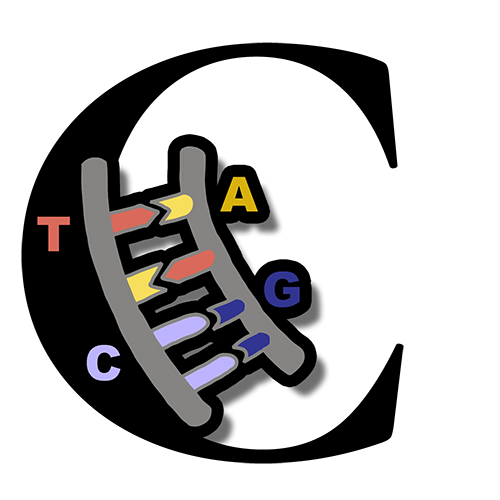Can CRISPR be applied In Vivo and how?
CRISPR can be applied in the body in different ways, depending on the target tissue or organ that needs to be edited. There are two main approaches: viral and non-viral delivery.
Viral delivery uses viruses, such as adeno-associated viruses (AAVs), to carry the CRISPR components (Cas9 protein, guide RNA and donor DNA) into specific cells in the body. This method can target tissues such as muscle, lung and central nervous system. For example, a clinical trial sponsored by Allergan plc and Editas Medicine used AAVs to deliver CRISPR to the retina of a patient with a genetic form of blindness. This was the first time CRISPR was used to edit human genes within the body.
Non-viral delivery uses other methods, such as lipid nanoparticles (LNPs), to encapsulate and transport the CRISPR components into the cells. This method can mainly target the liver, where many genetic diseases occur. For example, a clinical trial by Intellia Therapeutics and Regeneron Pharmaceuticals used LNPs to deliver CRISPR to the liver of patients with transthyretin amyloidosis, a rare and fatal disease caused by a mutation in a liver gene. This was the first time CRISPR was used to edit human genes in vivo without using viruses.
Both viral and non-viral delivery methods have advantages and disadvantages, such as efficiency, specificity, safety and immunogenicity. Researchers are working on improving and optimizing these methods for different applications and diseases. CRISPR in vivo has the potential to cure many genetic disorders that are currently untreatable or incurable.
